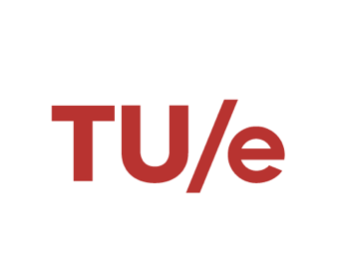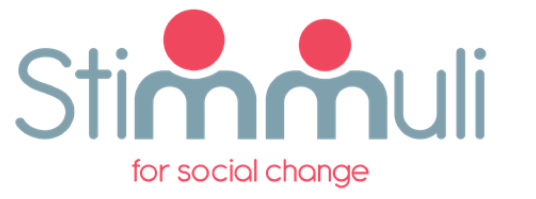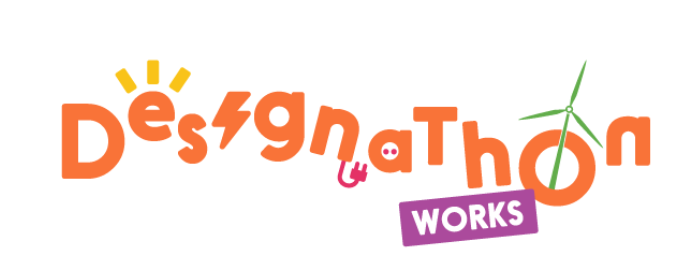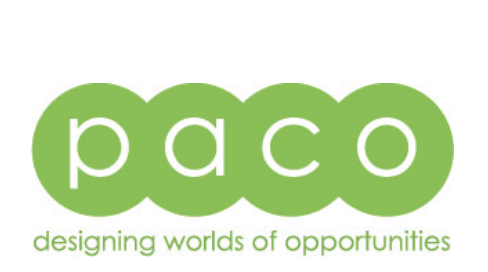We are a European initiative that wants to empower children to contribute to the design of a better future. We believe that we can support children’s imagination, self-esteem, and ability to contribute by letting them experience Design Thinking and Maker Education activities at a young age. Therefore, we aim to create materials that support teachers with implementing Design Thinking and Maker Education practices in their schools.
Design Futures is a project co-funded by the Erasmus+ Programme of the European Union. The project’s partners are: TU/Eindhoven, Designathon Works, PACO Design Collaborative, Stimmuli, All Grow, Aristotelio College of Thessaloniki.
For more information send an e-mail to:
The Netherlands: M.M.Bekker@tue.nl ; emer@designathon.nl
Greece: ioanna.garefi@stimmuli.eu ; georgiasafouri@yahoo.com
Italy: silvia@pacollaborative.com
Romania: info@allgrowconsulting.com
Do you want to translate the materials into your own language?
Please contact: silvia@pacollaborative.com
Reports & Research Papers
The Connected Qualities of Design Thinking and Maker Education practices in Early Education: A narrative review
FabLearn Europe / MakeEd 2021, June 2–3, 2021, St. Gallen, Switzerland
Design Thinking (DT) and Maker Education (ME) are fairly new approaches that aim to equip students with skills for the 21st century. As DT and ME both involve a design process, these might be combined. To guide design processes that aim to combine DT and ME in early education, we review 28 formal and non-formal educational practices aimed at children 8 to 14 years old that have incorporated DT or ME over the past 10 years. We analyse their qualities in terms of their Objectives, Learning Activities, the Teacher’s Role, and Assessment Activities. From our findings, we develop an overview that showcases the connections between these qualities within the selected practices. We found that not all components were aligned well. Therefore, we outline the DT and ME Curriculum Blueprint, a tool aimed to support reflection on the alignment between these components in the development of DT and ME practices in early education.
DESIGN FUTURES: Combining Design Thinking and Maker Education in elementary education across Europe
Patt38 Abstract
In this paper, we investigate 1) the challenges of implementing a formal DT and ME educational program, the Design Futures curriculum, for students aged 8 to 12 and 2) its impact on these students’ collaborative and creative self-efficacy. We showcase the development of the program which is aimed to be able to be implemented in elementary education within different socio-cultural contexts. The design is guided by 1) the theory of constructive alignment which poses that effective constructivist teaching practices align their learning objectives with their learning activities and assessment procedures, 2) the curricular spiderweb which presents different aspects of education and their relations, and 3) the design thinking process. We present a lesson plan consisting of a sequence of nine lessons that bridges the gap between the educational context and the outside world by teaching students about a problem that society is currently facing. It takes the students through a process of 6 phases in which teams, through research, define a sub-problem that they try to solve by design. Moreover, the students learn about electronic circuits and use basic electronic components in the creation of a mock-up of their design. The teaching activities incorporate DT- and ME-related learning objectives, which get assessed through connected assessment activities that implement both teacher-led assessment and student self-assessment.
State–of–the–Art report on Design Thinking and Maker Education
The main aim of Intellectual Output 1 is capturing and analyzing existing formal, informal, non-formal practices, which include a Design Thinking and/or a Maker Education approach within educational activities. This output is comprised of three interlinked sections starting with the theoretical foundations around Design Thinking and Maker Education pedagogies and the difficulties that exist with embedding such practices into lessons and curricula. We, then, continue with the analysis of twenty-eight (28) educational practices and conclude with discussing the results of the analysis by highlighting the underlying relations of the characteristics, connecting the insights of the analysis to educational theory, and reflecting on their implications for the design of the DESIGN FUTURES training materials and curriculum.
Needs Analysis Report of Teachers and Students
The needs assessment process started in January 2020 and lasted till April 2020. The aim of the report is to provide contextual and cross-country insights about the training needs of the two main target groups: schools staff and students. The report provides a piece of original research with new data collected in four participating countries, Greece, Italy, Netherlands, and Romania with added comparative analysis between different national context. It offers a detailed and comprehensive report of participants’ needs in terms of both subject content and pedagogy due to its highly participative nature, hence the capacity to involve participants in the co-design of the project, more specifically student curriculum and teachers training.
Policy Recommendations for School Engagement with Design and Making Pedagogies
The main focus of this report is to provide in a comprehensive way evidence-based and critical policy recommendations on how to better integrate and institutionalise DT and ME pedagogies in schools and educational systems of four project countries (Greece, Romania, Italy, the Netherlands) as also around EU. More specifically, with the proposed recommendations, this report seeks to serve as a practical guide so as to motivate the school communities and truly inspire European policy makers for embedding the educational philosophy and potentials of the examined methods within their educational ecosystems.












